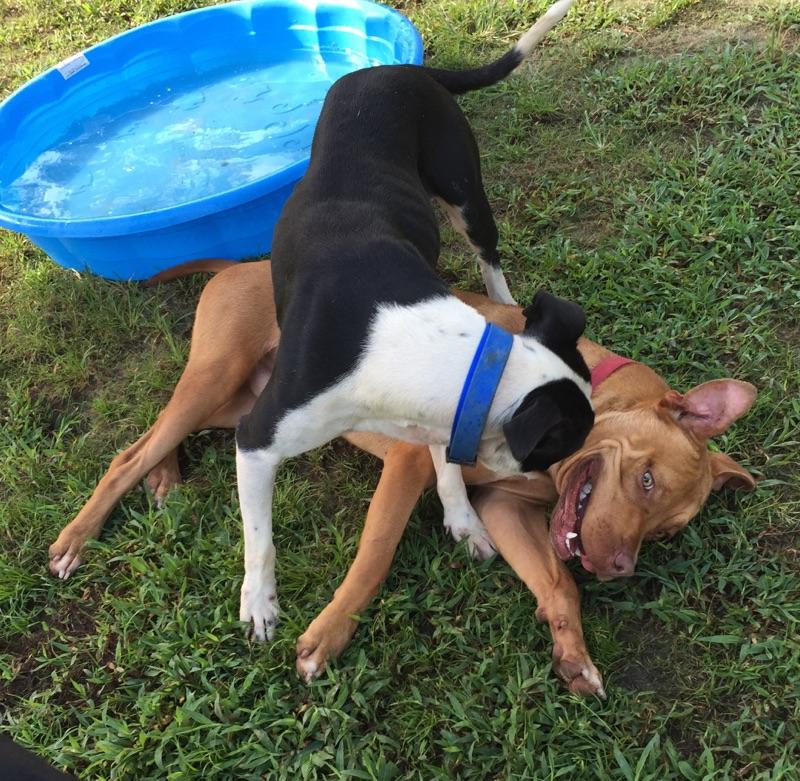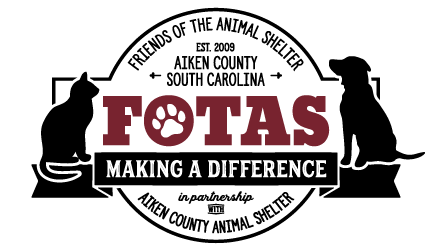By Joanna D. Samson, FOTAS Vice President
There is much to love about our Pibbles: the sleek, athletic build, the endless energy, the big square head, the affectionate nature, the big goofy smile with the impossibly long tongue that hangs out of the side of their mouth when they’re happy.
Like our golden boy, Haggis, a happy, ball-crazy, people-loving bundle of joy and affection. Or the beautiful Shaba, who showers motherly affection on everyone, particularly kids and other dogs. Or the lovely, angel-white Brandi who can’t pass up a chance to share the love with everyone she meets.
These dogs are such people pleasers, so personable and so willing, they should have flown out of the shelter as soon as they hit the adoption floor. But they haven’t.
Why is that?
“A big part of the problem,” says Jennifer Miller, the President of FOTAS, “is that folks think: pit bull! and that conjures up all sorts of negative stereotypes about the breed. The truth is, we rarely see a full-bred pit bull. What we do see are these mongrel mutts of indeterminate origins who have the genetic misfortune to have been born with square heads, goofy smiles and muscular bodies, and they are automatically branded as ‘pit bulls’ and thus potentially dangerous.”
And that’s a shame. These dogs are, plain and simple, Heinz 57 mutts who are desperate to love and be loved. As a rule, Pibbles are the most mistreated dogs on earth—tethered to stakes, deprived of medical care, abused at the hands of criminals and cruel owners—yet time and time again our Pibbles have demonstrated that they can be, and are, cherished family members.
Kathy Jacobs, the FOTAS Program Coordinator, says, “There is a general perception that a Pibble who has been abused or mistreated in the past will not make a good pet. Our experience is just the opposite. FOTAS and the shelter have had enormous success in placing these dogs in homes with children, without children, with dogs, without dogs, with cats, you name it. It’s almost like their misfortune makes them more desperate to please, not less. They are amazing animals.”
The shelter’s success rate with its Pibbles is not an accident. All dogs are held and observed in the shelter’s intake wing for anyplace from 5 to 15 days, and a dog that displays aggression it is not placed on the adoption floor. Second, because the Pibbles are the hardest to place, volunteers and staff have had lots of opportunities to observe them in all sorts of circumstances—one-on-one sessions, in their kennels, on walks, and in play yard groups. They really know these dogs, and that’s reassuring news for a potential adopter.
If you are looking for a new canine best friend, come to the shelter and meet our Pibbles. Take them for a walk, watch them in play group, and talk to the volunteers who know them. Then you will understand why these magnificent animals are often our favorites.
During the month of September, the shelter is running a half-price adoption special ($35) for its Pibble MVP’s (Most Valuable Players) and for its cats and kittens ($15).
Their lives are in our hands.


